Firenze
2018
You may also like
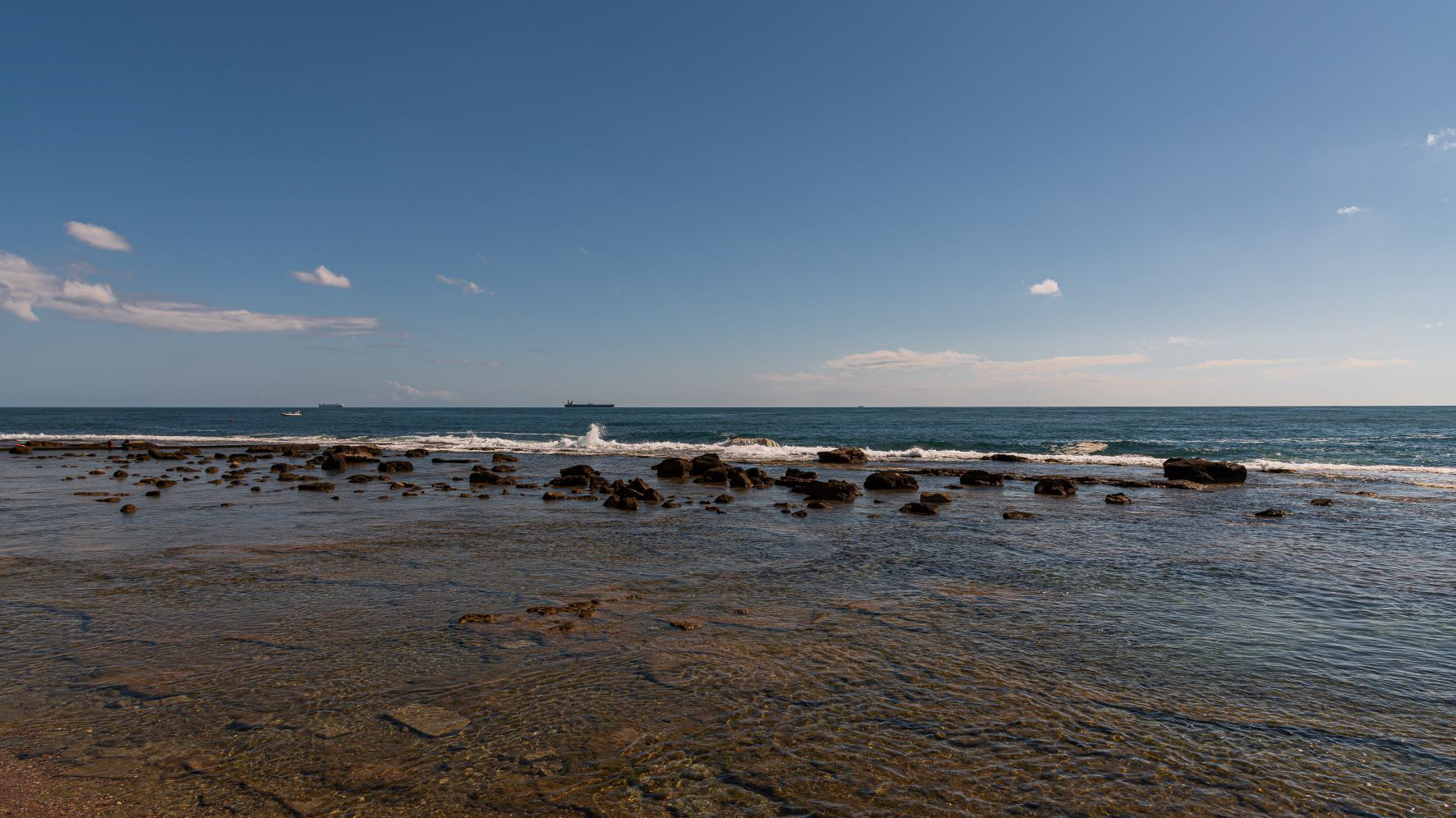
2021
Livorno
Livorno, Tuscany. The Livorno seafront. The Ligurian sea as seen from Terrazza Mascagni
The Livorno seafront is a promenade that winds for several kilometers along the coast of the Ligurian Sea, starting from the port area and ideally ending in the coastal stretch of the Romito.
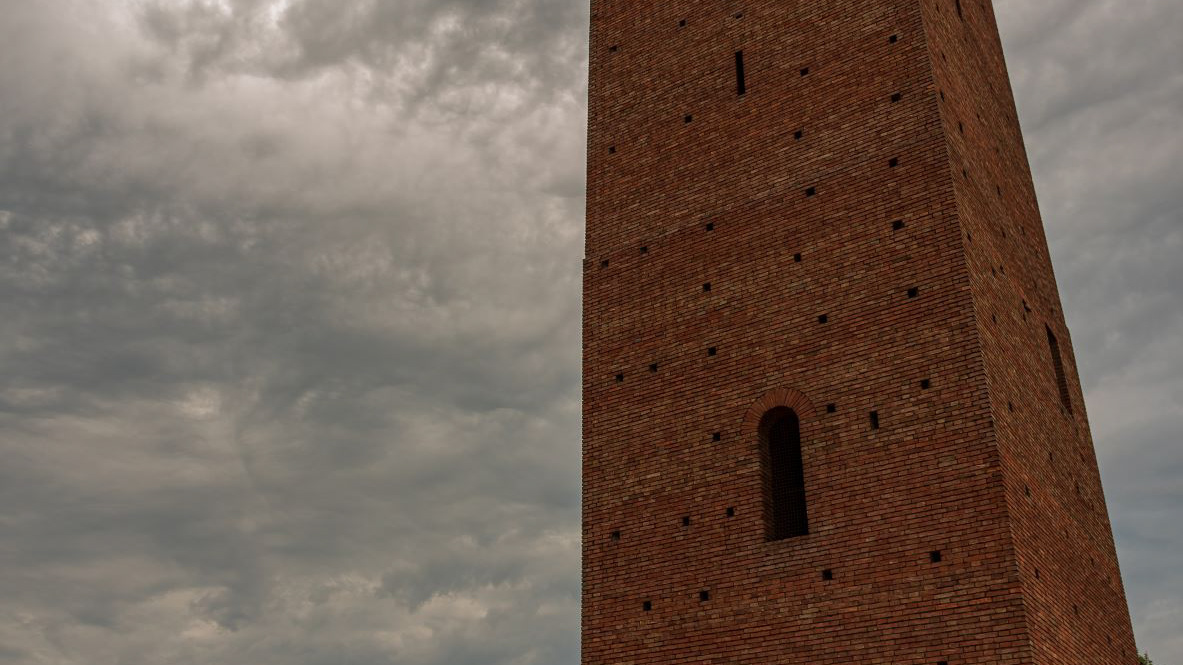
2021
San Miniato, Tuscany. Rocca di Federico
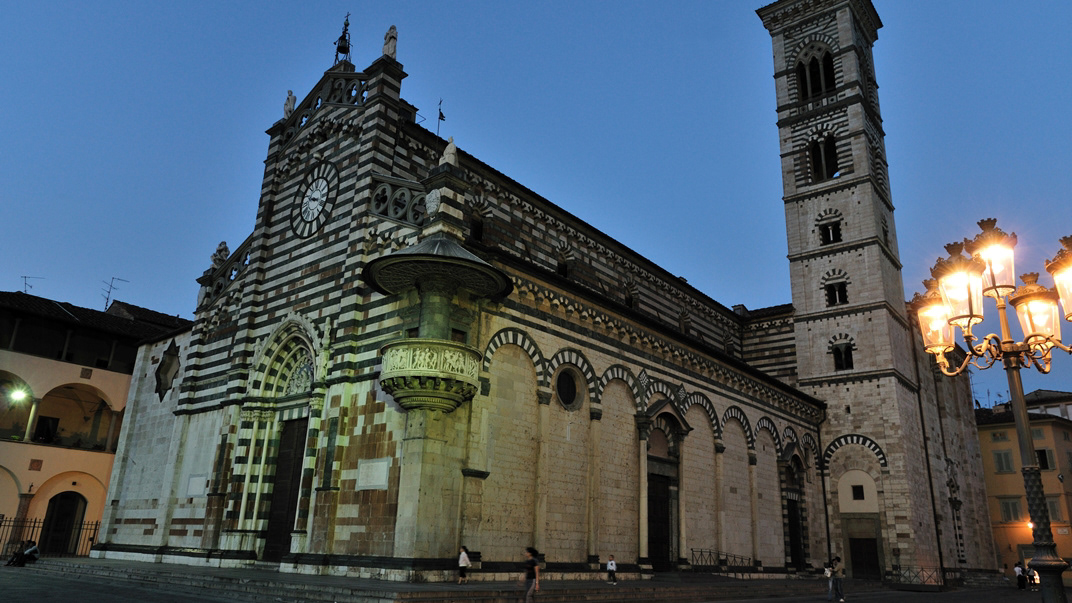
2008
Prato, the Cathedral
The church, with three naves, is built in white and green marble. It most likely dates back to the 6th century. It is one of the most important examples of religious architecture between the twelfth and fifteenth centuries in the region, with an elegant passage inside it between the large Romanesque-Lombard arches and the impetus of Gothic in the transept, most likely designed by the famous Giovanni Pisano , which inside will create a wooden crucifix and his last masterpiece, the Madonna della Cintola, in 1317. The relic of the sacred Cintola is kept there. The most important works are the external pulpit (built by Michelozzo and decorated by Donatello), the internal pulpit by Mino da Fiesole and Antonio Rossellino from 1472, the Madonna dell'Ulivo, the only work created together by the famous brothers Da Maiano, Giovanni, Benedetto and Giuliano. In the transept instead there are the frescoes by Filippo Lippi (in the Cappella Maggiore), one of the greatest expressions of the Italian Renaissance, the frescoes by Paolo Uccello (in the Cappella dell'Assunta), and by Agnolo Gaddi (in the Chapel of the sacred Cintola), all interior of a bronze gate made by some of the most important goldsmiths of the fifteenth century.

2021
Fucecchio, Tuscany, Italy. Panoramas
2021
Lucca, Tuscany. The church of San Cristoforo
The church of San Cristoforo is a church of Lucca in Tuscany located in via Fillungo. Built in the 11th century, it was rebuilt in the mid-12th century.
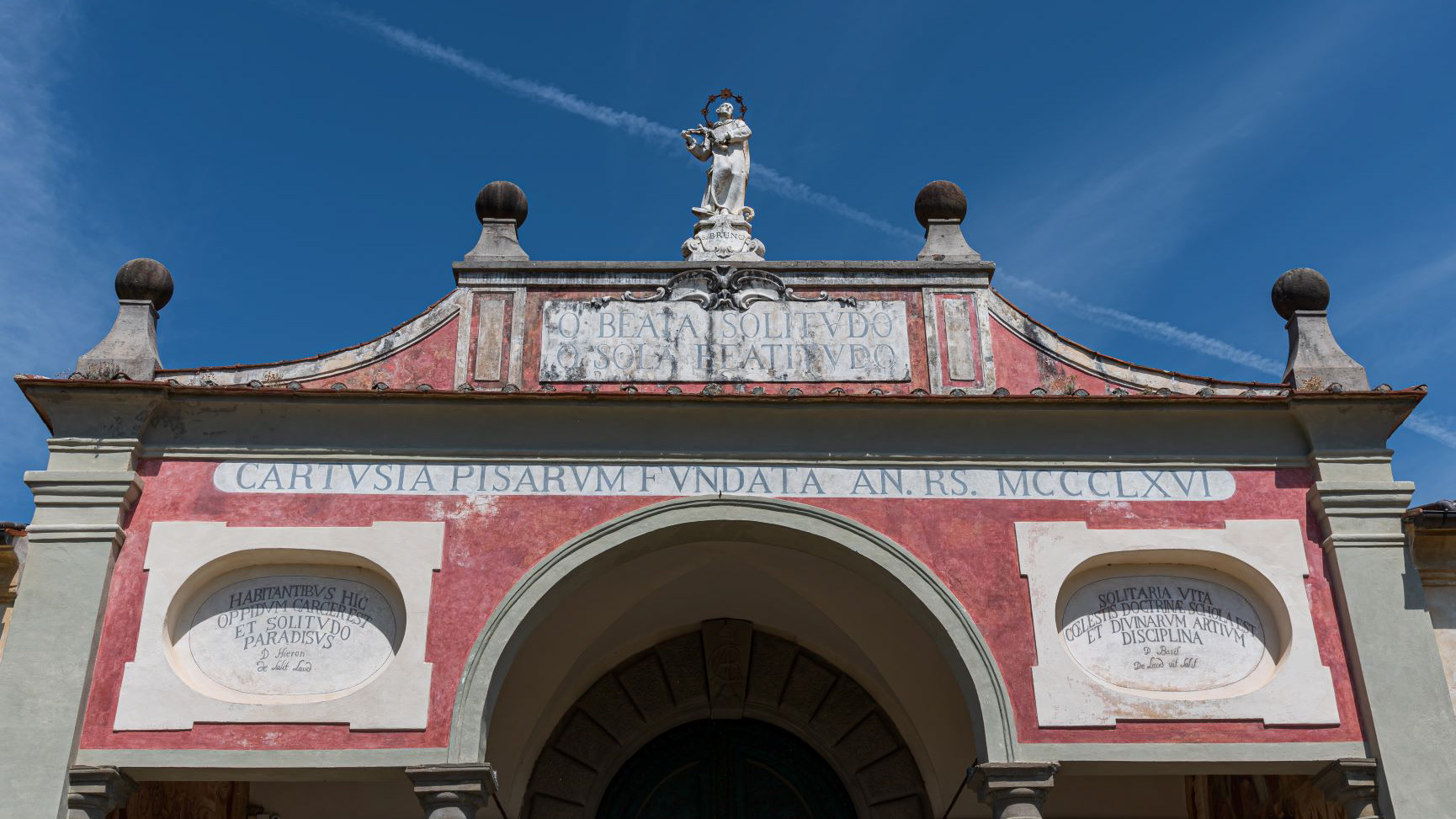
2021
Calci. The Charterhouse of Val Graziosa
The Certosa della Val Graziosa di Calci, commonly known as the Certosa di Pisa or also the Certosa di Calci, is located in the province of Pisa, in the municipality of Calci, in a flat area on the slopes of the Pisan mountains called "Val Graziosa".

2021
Spectacular sunset over the Apuan Alps
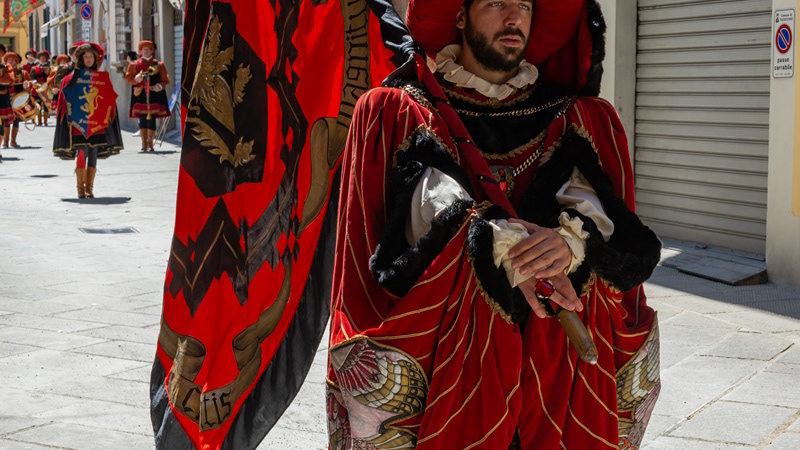
2018
Fucecchio, parade of the districts 2018
The Palio delle Contrade Città di Fucecchio, commonly known as the Palio di Fucecchio, is an event reminiscent of a contest held in Fucecchio around 1200. Originally called Palio della Lancia, it takes place on the penultimate Sunday of May (except for the edition of 2017). The race includes two heats and a final, on horses mounted bareback by jockeys. The last historical edition of which we have news from the local historical archives dates back to June 14, 1863. It was only from the eighties that the carousel came back to life with regularity. The forerunner of the modern Palio was the "Fratres blood donors group", which in 1980 organized a pony race to promote blood donation. From the following year it was decided to organize a real Palio delle Contrade, with horses mounted in saddles. After an initial presence of sixteen districts, the number definitively dropped to the current twelve. From 1987 the saddle was abandoned, and the horses were mounted bareback. Since 1995, the FRATRES blood donors group left the Palio in the hands of the municipal administration, as it has grown a lot compared to how it was born. The event takes place inside the "ex quarry of Andrea" commonly called "La buca" by the locals: a natural racecourse suitable for horse racing. The land of the "hole" has been trodden by the strongest Italian jockeys: from Aceto to Cianchino, from Pesse to Trecciolino passing through other important jockeys such as Massimino II, Il Bufera, Bucefalo, Bastiano up to the youngest promises such as Gingillo, Lo Zedde , Bighino, Sgaibarre, Velvet, Tittia, Vittorio.

2021
San Gimignano. Glimpses of historic center
San Gimignano is an Italian town of 7 447 inhabitants in the province of Siena in Tuscany. For the characteristic medieval architecture of its historic center it has been declared a World Heritage Site by UNESCO. The site of San Gimignano, despite some nineteenth-twentieth-century restorations, is mostly intact in its thirteenth-fourteenth century appearance and is one of the best examples in Europe of urban organization of the municipal age. Granted by Royal Decree of 29 April 1936, San Gimignano boasts the title of city San Gimignano stands on a place certainly inhabited by the Etruscans, at least from the third century BC. The hill was chosen for strategic reasons, being dominant (324 m a.s.l.) over the high Val d'Elsa. On the slopes of Poggio del Comune (624 m a.s.l.) there are the ruins of Castelvecchio, a village from the Lombard period. The first mention dates back to 929. In the Middle Ages the city was located on one of the routes of the Via Francigena, which Sigeric, archbishop of Canterbury, traveled between 990 and 994 and which for him represented the 19th stage (Mansio) of his itinerary return from Rome to England. Sigeric named it Sancte Gemiane, also indicating the village as a point of intersection with the road between Pisa and Siena. According to tradition, the name derives from the holy bishop of Modena, who defended the village from the occupation of Attila. The first city walls dates back to 998 and included the hill of Montestaffoli, where there was already a fortress seat of the market owned by the bishop of Volterra, and the poggio della Torre with the bishop's castle.
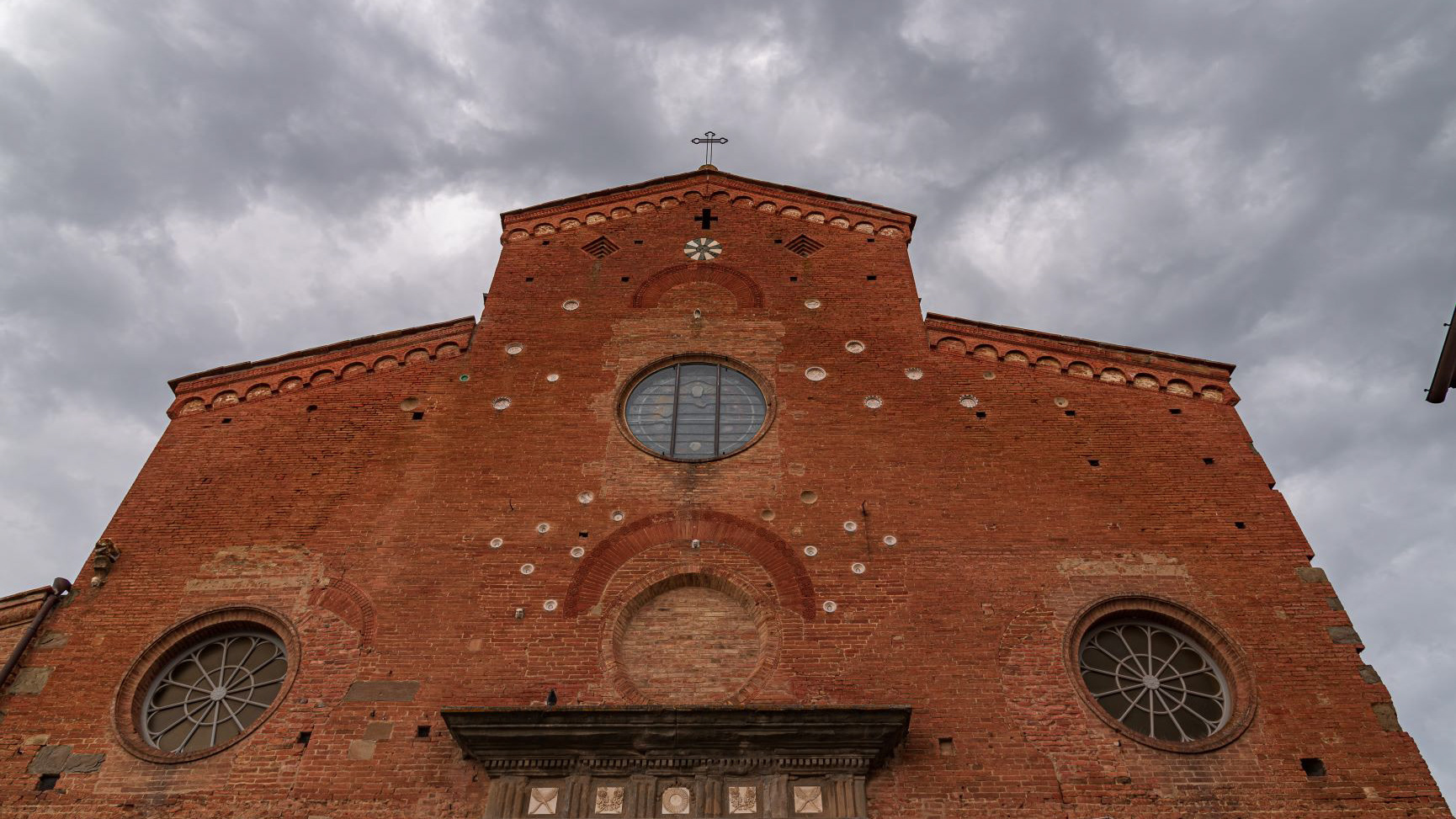
2021
San Miniato. The Cathedral of S. M. Assunta
The Cathedral of Santa Maria Assunta and San Genesio is the main Catholic place of worship in San Miniato, the mother church of the diocese of the same name.
